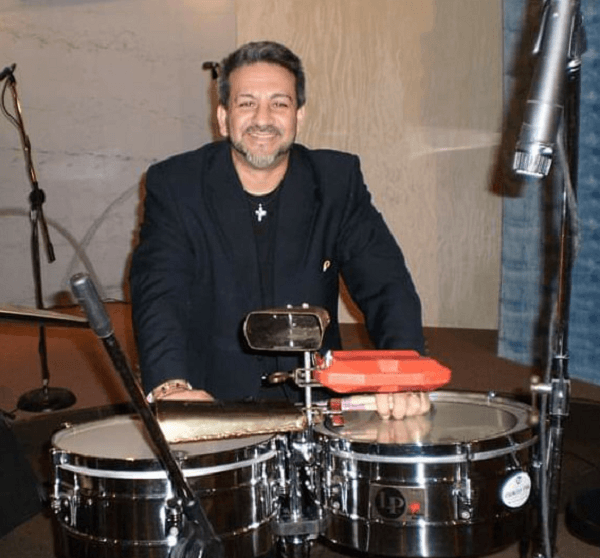Europe / France / Vic-Fezensac
Tempo Latino: The biggest party for every Latin Music lover in Europe!
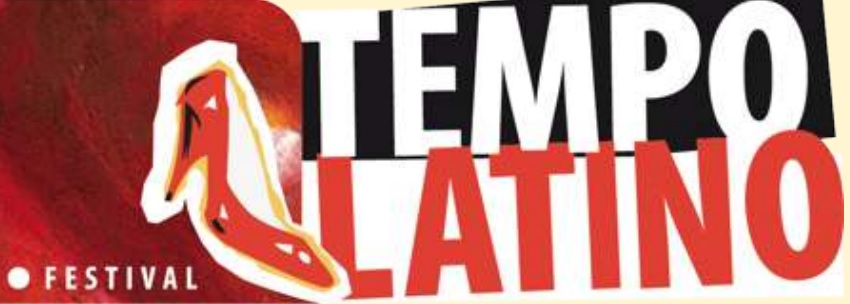
In Vic-Fezensac, in the heart of Gers in Gascony, Tempo Latino is the biggest European festival of Latin music and Afro-Cuban, salsa, Latin jazz and hip-hop. This is a reference to music and Latin music. This year they are bigger than ever with the participation of dancers, musicians, orchestras and amazing dj’s around the world.
Tempo Latino presents each year for 4 days and 4 nights, a varied concerts and internship program with artists and professors of international level including from Cuba, Puerto Rico, Colombia, Venezuela, Panama, Africa, US, Europe and Japan.
Thursday, July 27
The party starts on July 27 with the Colombian group Puerto Candelaria. This amazing group was formed in 2000 in Medellín, Colombia, the result of the fateful meeting of six talented musicians, united and guided by talented composer Juancho Valencia to create a totally new and original musical show.

The imaginary land of Puerto Candelaria is a sonorous place and the spiritual home to the members of the group and to all who enjoy taking a musical journey with the sound of the Candelarios. The group’s founders never imagined that a decade later their idea would come to be hailed the most daring, controversial and innovative Colombian musical project of recent times.
Puerto Candelaria bases its sound in popular Colombian rhythms, full of imagination and magical spirit that provoke the senses and awaken heightened emotions in audiences around the world.
Their creation of contradictory rhythms like Cumbia Underground or Jazz “a lo Colombiano” is responsible for creating a special place for their country in the global markets of jazz, experimental, and world music. On Thursday and thanks to the France-Colombia’s year celebration, this day will be a reunion between these two cultures.
Friday, July 28 Calypso Rose
Then, on July 28 you will have the pleasure to see the performance of Calypso Rose. This iconic singer is a calypsonian. She began writing songs at the age of 15, turned professional in 1964 and has written more than 800 songs and recorded more than 20 albums.
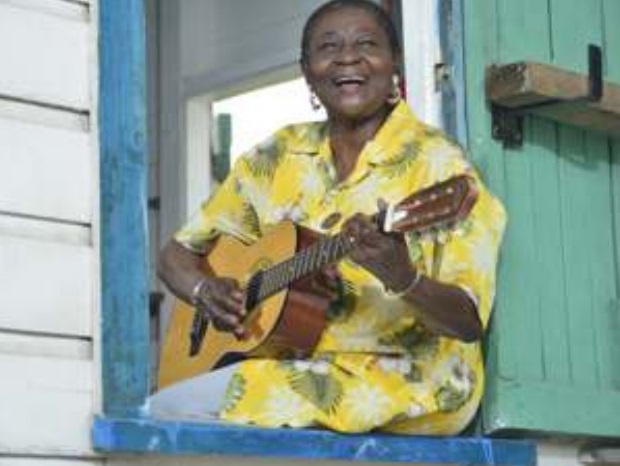
Saturday, July 29 Unity. Michael Jackson Latin Tribute
Friday 29 will be time to present the Michael Jackson Latin Tribute with the amazing show of the talent of Tony Succar and Unity. Unity is a testament to the power of music and one man’s indomitable spirit.
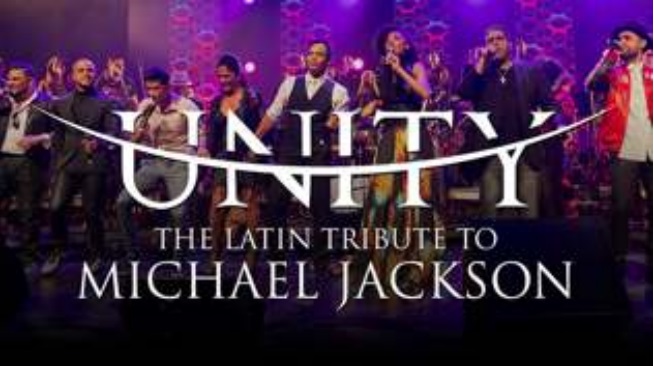
The passion project of Peruvian-born, Miami-raised producer/multi-instrumentalist/arranger Tony Succar, Unity features more than 100 musicians, such Latin superstars as Tito Nieves, Jon Secada and Obie Bermúdez, and the mixing magic of Jackson’s legendary engineer Bruce Swedien in the first ever Latin album salute to The King of Pop.
Sunday, July 30 Orkesta Mendoza
And finally, the event will end with the concert of Orkesta Mendoza. Orkesta Mendoza is a Latin music band from Tucson, Arizona. It was founded by singer and guitarist Sergio Mendoza in 2009. Through the use of Latin percussion, accordion, brass, and steel guitars, the band’s style, dubbed “indie mambo”, is a combination of ranchera, cumbia, psychedelic and indie rock.
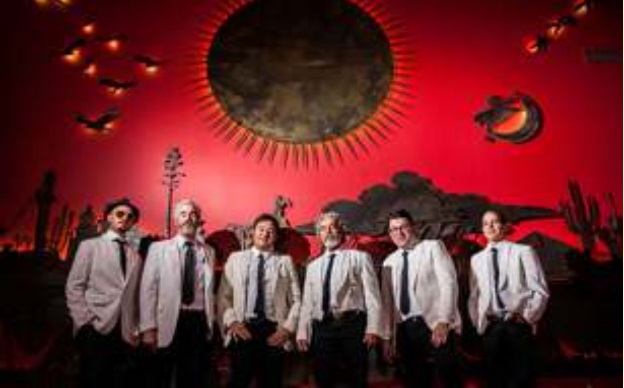
- Sergio Mendoza – vocals, piano, guitar
- James Peters – drums
- Joe Novelli – lap steel guitar
- Marco Rosano – saxophone, clarinet, accordion, keyboard
- Salvador Duran – vocals, cajón, maracas
- Sean Rogers – double bass
With all the concerts, dance and parties, you can’t miss the summer event that brings all the Latin talent to Europe.
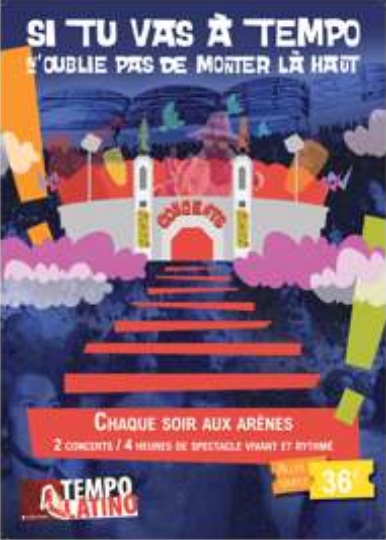
Tickets: Pre-sale prices
- One night 30€ – 36€
- 4 days pass: 100 – 120
- Free entrance for kids under 12 years old
Transportation and accommodation
Transport: http://tempo-latino.com/CommentVenirTempo
Accommodation: http://tempo-latino.com/Hebergement
Our favorite Dj’s: DJ Mabe / Jacoviche / Emile Omar / Jomax …
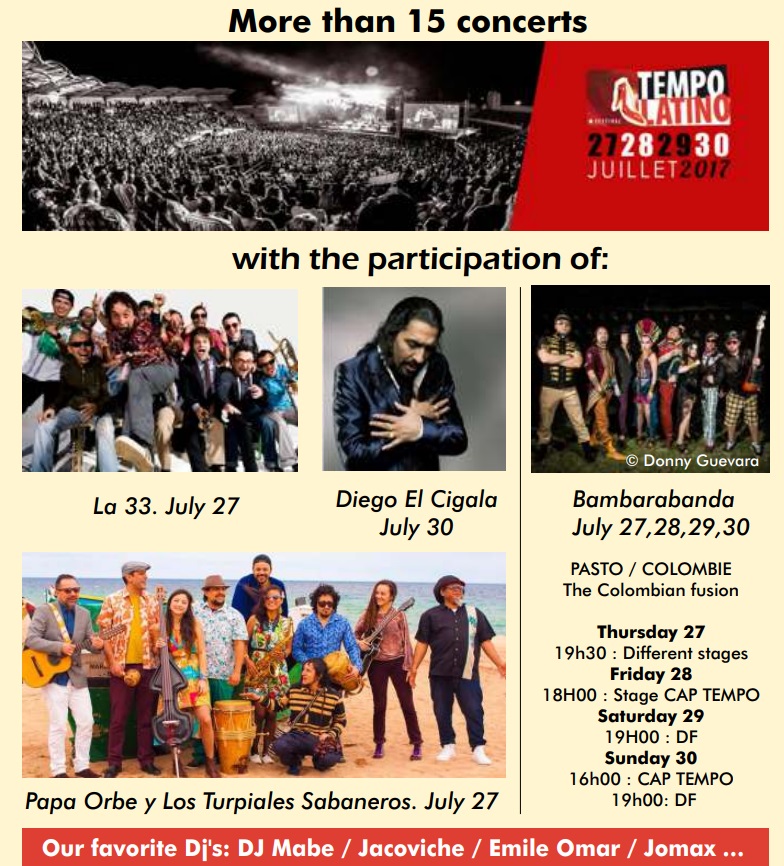
For further information and tickets:
- http://tempo-latino.com/accueil
- Tourism office in Vic Fanzensac : 05.62.06.34.90
- Telephone: 05.62.06.40.40.
And all the social networks
- Facebook: @tempolatino
- Twitter : @tempo_latino
- Instagram: @tempolatino
- Youtube: tempolatinofestival
